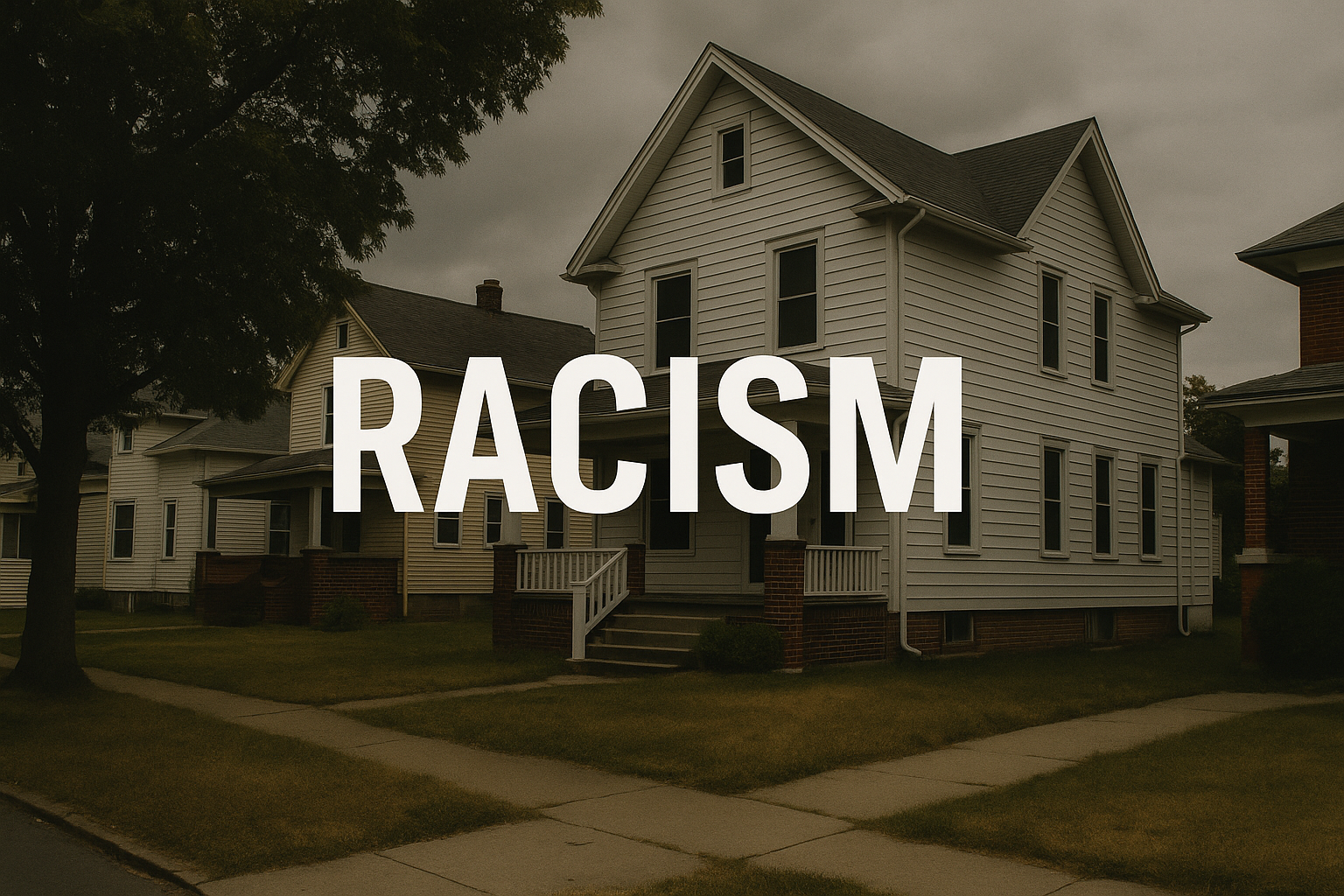New York City real estate market is experiencing a significant shift, driven by both increasing demand in key neighborhoods and evolving economic factors. According to the latest data from the Real Estate Board of New York (REBNY), Midtown Manhattan, once a hub for office buildings, is now seeing a surge in residential conversions, with multiple large-scale office-to-residential projects being approved. Experts predict that this trend could revitalize parts of the city previously hit hard by office vacancy rates and the changing dynamics of remote work. In particular, the Financial District, which saw a steady decline in demand for office space during the pandemic, is becoming a hotspot for luxury apartments and mixed-use developments.
The outer boroughs are also experiencing substantial growth, with Brooklyn and Queens continuing to attract a variety of buyers and renters looking for more space and affordability. Neighborhoods like Long Island City, Astoria, and Greenpoint have seen considerable investments from developers, particularly in the luxury and mid-tier apartment markets. The demand for single-family homes in areas such as Bay Ridge and Forest Hills is also rising, fueled by the ongoing trend of families seeking more room while staying connected to the city’s amenities. This shift has led to record-setting sales in both co-ops and condos, particularly in newly constructed buildings that cater to the modern urban lifestyle.
However, the surge in demand is not without its challenges. While property values have continued to climb, concerns over affordability persist, particularly for lower-income renters. As housing prices increase, a growing number of New Yorkers are struggling to keep up with rent hikes, and displacement is becoming an issue in historically affordable areas. City officials have responded by introducing new rent control measures and expanding affordable housing initiatives, but experts caution that the gap between high-end developments and affordable options continues to widen. As the city grapples with these pressures, it remains to be seen how both the market and public policy will evolve in the coming months to address the challenges of housing access for all residents.



